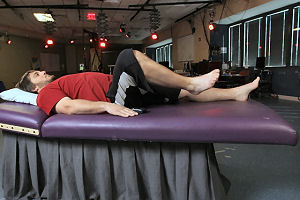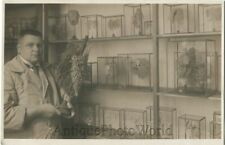
For the first time, scientists have succeeded in transforming human stem cells into functional lung and airway cells, an advance that could lead to the growth of lung tissue for transplantation – with no risk of rejection. The breakthrough, by researchers at Columbia University Medical Center, is reported in the journal Nature Biotechnology.
“Researchers have had relative success in turning human stem cells into heart cells, pancreatic beta cells, intestinal cells, liver cells, and nerve cells, raising all sorts of possibilities for regenerative medicine,” said study leader Hans-Willem Snoeck. “Now, we are finally able to make lung and airway cells. This is important because lung transplants have a particularly poor prognosis. We can begin thinking about making autologous lung transplants – that is, transplants that use a patient’s own skin cells to generate functional lung tissue.”
Previously, Snoeck had discovered a set of chemical factors that can turn human embryonic stem (ES) cells or human induced pluripotent stem (iPS) cells into anterior foregut endoderm – precursors of lung and airway cells.
In the new work, Snoeck’s team found new factors that can complete the transformation of human ES or iPS cells into functional lung epithelial cells (the cells that cover the lung surface). Importantly, the resultant cells were found to express type 2 alveolar epithelial cells. Type 2 cells are important because they produce surfactant, a substance critical to maintain the lung alveoli, where gas exchange takes place; they also participate in repair of the lung after injury and damage.

Related:
Discuss this article in our forum
New type of cell division discovered
Stem cell injections produce robust anti-aging effects
Geometry influences stem cell differentiation
DNA fluidity has “profound implications” for genetic screening, say Yale scientists


















Comments are closed.